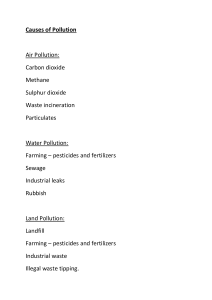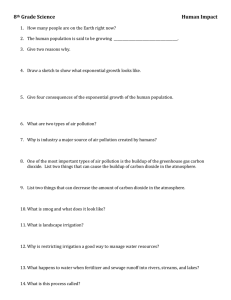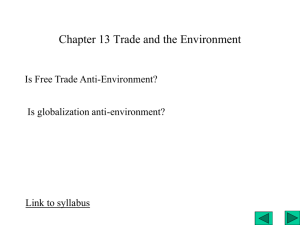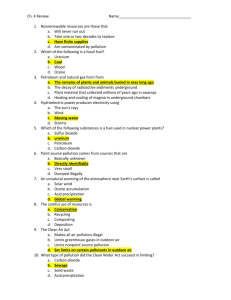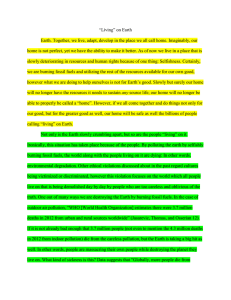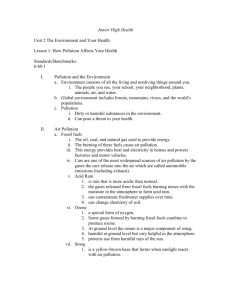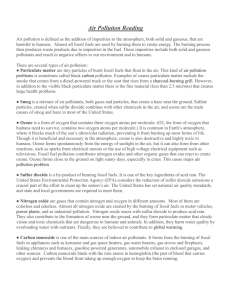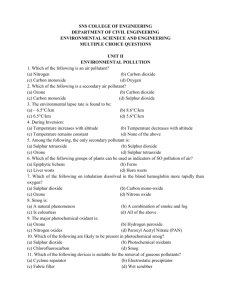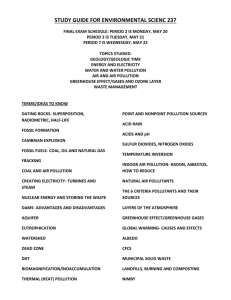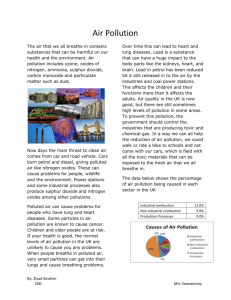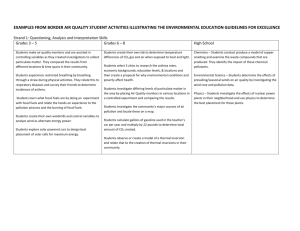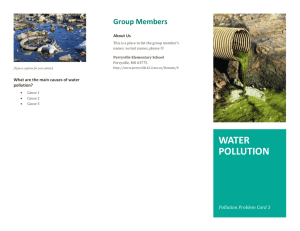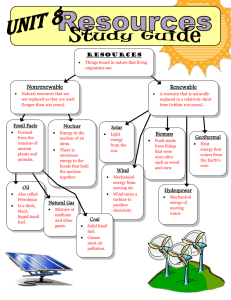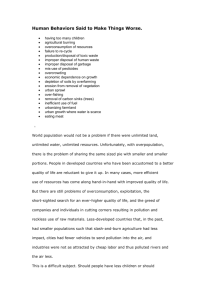Pollution in Urban areas
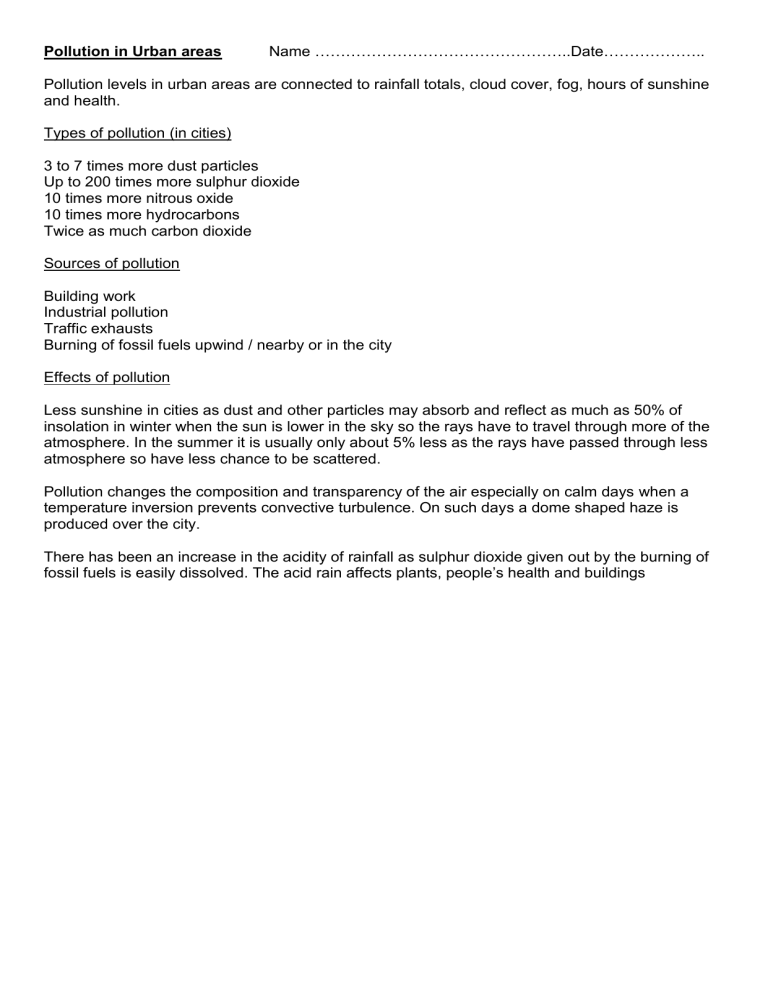
Pollution in Urban areas Name …………………………………………..Date………………..
Pollution levels in urban areas are connected to rainfall totals, cloud cover, fog, hours of sunshine and health.
Types of pollution (in cities)
3 to 7 times more dust particles
Up to 200 times more sulphur dioxide
10 times more nitrous oxide
10 times more hydrocarbons
Twice as much carbon dioxide
Sources of pollution
Building work
Industrial pollution
Traffic exhausts
Burning of fossil fuels upwind / nearby or in the city
Effects of pollution
Less sunshine in cities as dust and other particles may absorb and reflect as much as 50% of insolation in winter when the sun is lower in the sky so the rays have to travel through more of the atmosphere. In the summer it is usually only about 5% less as the rays have passed through less atmosphere so have less chance to be scattered.
Pollution changes the composition and transparency of the air especially on calm days when a temperature inversion prevents convective turbulence. On such days a dome shaped haze is produced over the city.
There has been an increase in the acidity of rainfall as sulphur dioxide given out by the burning of fossil fuels is easily dissolved. The acid rain affects plants, people’s health and buildings
